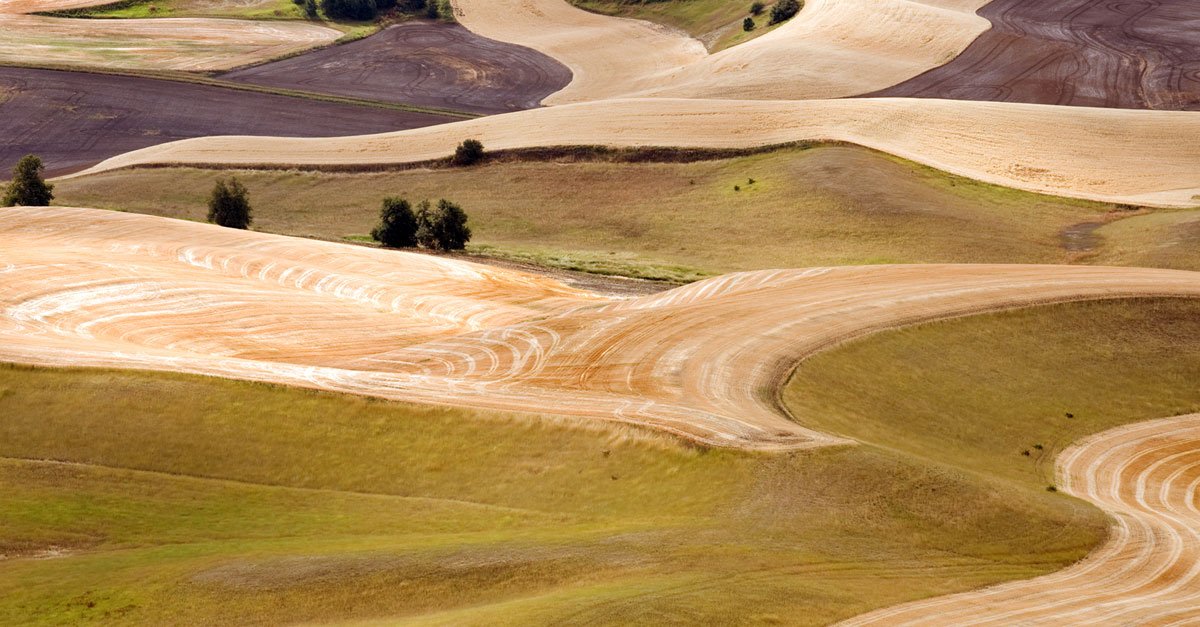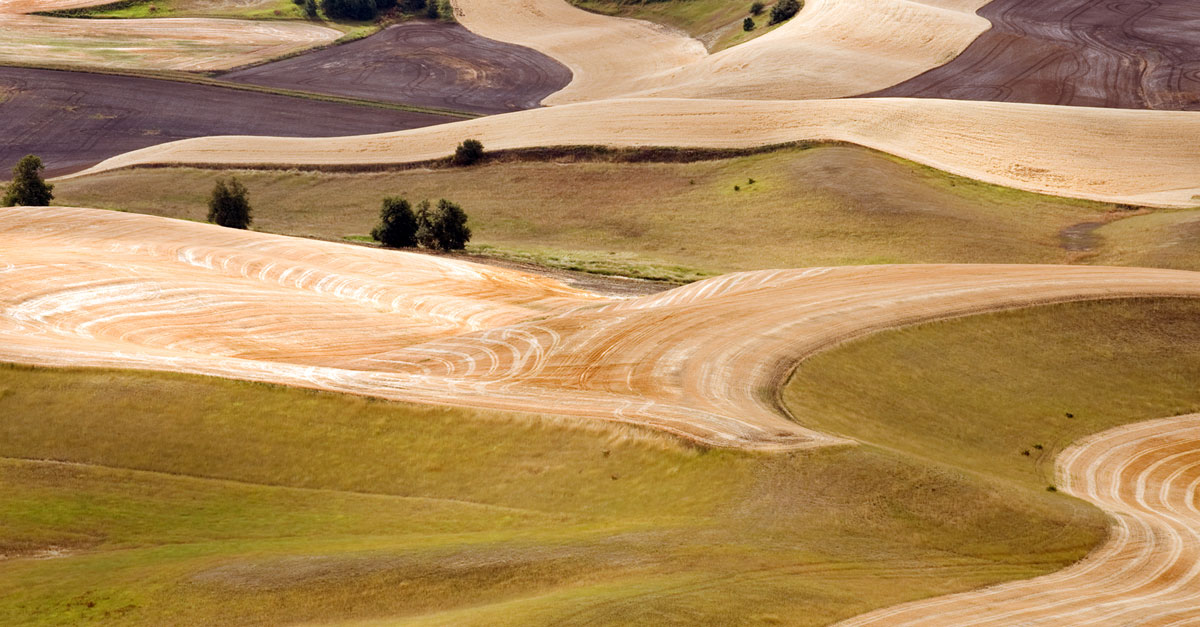
In most ways Walla Walla, Wash., is like any small, upwardly mobile American neighborhood. The placid, easily walkable downtown has occupied individual bookstores like Earthlight Books, which hosts beer tastings and highlights local musicians. The patios of these streetside restaurants and pubs are filled with smiling folks wearing Patagonia fleeces and shades. You can buy artisanal goat’s milk soap.
The roads of Walla Walla really are a recent phenomenon and one caused explicitly by wine. While the region is still best known to folks from the West Coast, it’s turning into a prominent place in American winemaking, with parallels that many winemakers, like Steve Robertson of all Delmas Wines, who learned to make wine in Napa Valley in the 1980s, state are strikingly like Napa ahead of its winemaking flourish in the ’70s and ’80s. Back then, says Robertson, Napa “seemed and felt very much like Walla Walla does today. ”
It had been winemakers such as Robertson, Gary and Nancy Figgins of all Leonetti Cellar, Jim McClellan and Herbert Hendricks of Seven Hills Winery, and Rick Small and Darcey Fugman-Small of all Woodward Canyon Winery who pioneered winemaking in the Region. The Figgins planted Walla Walla’s vitis vinifera vines back in 1974, also with Leonetti Cellar, they formally established the region’s first commercial winery in 1977. The Smalls planted Woodward Canyon’s grapevines at 1978, and the winery was bonded in 1981.
Some 40 years later their example was followed by relative newcomers such as Valdemar Estates, an extension of their 130-year-old Spanish firm Bodegas Valdemar. The well-regarded Washington winery Force Majeure — whose property vineyard is situated in the Red Mountain American Viticultural Area (AVA) in the Yakima Valley — today has vineyard area in The Rocks District of Walla Walla and at an area called The North Fork which ’s not an officially accepted sub-AVA. Smaller wineries such as Prospice, that sources its grapes from local wineries such as Seven Hills, are just another feature of the growing wine scene.
Lodging in the field is also currently seeing an expansion. The Finch, a recently renovated 80-room hotel, recently opened in downtown Walla Walla. Another coming is The Barn B&B Walla Walla, also a seven-suite bed-and-breakfast in the western aspect of town which started April 2019. Anand Rao, who possesses The Barn with his wife Naina, states they were drawn to the place both because of the wine scene and the extraordinary natural beauty. “When we purchased the land there were just about 23 wineries,” he states. By now The Barn opened there have been far more than 140. &ldquoWe simply saw a future for tourism and wine and food. ”
A Region on the Rise
Among those things that’so impressive about Walla Walla is that it’s still a place where you can socialize with the men and women who literally planted the first vines in the area — and learn what it had been like back then in the late ’70s and early ’80s.
“Although Walla Walla was a diversified town, it was not a wine town,” states Rick Small, who had been born and raised in Walla Walla. He also emphasizes that the region isn’t a farming community that is normal. &ldquoWe have three schools here, and individuals traveled. “The individuals who also had businesses here and farmed here were educated. And since they traveledthey have been a whole lot more receptive to other possibilities. ”
Founded established in February 1984, the Walla Walla AVA sits at Washington and is part of the Columbia River AVA, a densely area which contains more than 90% of Washington’s vineyard acreage. Walla Walla is at a remote corner, close enough to the Oregon border that part of the AVA really extends beyond the line.
Sennen David, ” the vice president of culture and marketing and beverage director for its Seattle-based Ethan Stowell Restaurants (ESR) staff, states Walla Walla is “the spot that’s the funding of the Washington wine industry. ” He clarifies Walla Walla because being defined by its schools and its own wine, adding that “it could be such a sleepy location. ”
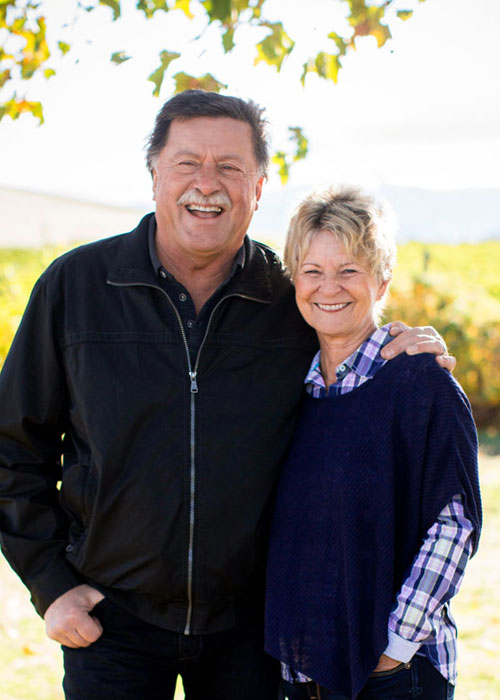 Gary and Nancy Figgins of Leonetti Cellar. Photo from Leonetti Cellar.
Gary and Nancy Figgins of Leonetti Cellar. Photo from Leonetti Cellar.
Walla Walla’s rsquo & prominence hasn;t come easy. Casey McClellan, also a native of Walla Walla and also the general director and winemaker of Seven Hills Winery, didn’t expect to Go Back to the town as an adult. “I didn’t believe I’d return,&rdquo.
Seven Hills was created by Casey’s daddy Jim McClellan and his business partner Herbert Hendricks. The elderly McClellan and Hendricks were physicians who arrived from multi-generational Walla Walla farming families. Both knew they wanted to come back to their own family roots in agriculture, but also didn&rsquo. They planted their own grapevines and they became part of the first cohort of vintners in the area when the winery formally opened in 1988.
When Casey was growing up in Walla Walla, tasting rooms didn’t exist. The town attracts both visitors — and talent thanks to wineries such as Seven Hills and the legacy started from the McClellan family members and the region’s other winemaking trailblazers. “I actually didn’t recall when it was time to come back,” states Casey, who talked about the prospect along with his spouse. “We debated distinct places to move to, however, you don’t get. ”
Spearheading New Sub-Appellations
This identical potential drew in Christophe Baron, the first vintner in the area. His winery, Cayuse Vineyards, creates wine out of grapes cultivated with 100 percent biodynamic farming methods. His critically acclaimed wines have been desired by many, also in 2018he talked about instructing biodynamic viticulture at Walla Walla to a packed room at Robert Parker’s 40th anniversary convention.
Initially from Champagne, Baron was expecting to work at Oregon’s Willamette Valley but chose an internship at Walla Walla in 1993 when a friend working for Waterbrook Winery needed to leave his job first. “For a 23-year-old French man, there was not much action, not much going on. “A couple of just a few restaurants, wineries, and the quality was not quite large. There was not any excellent food or fine. ”
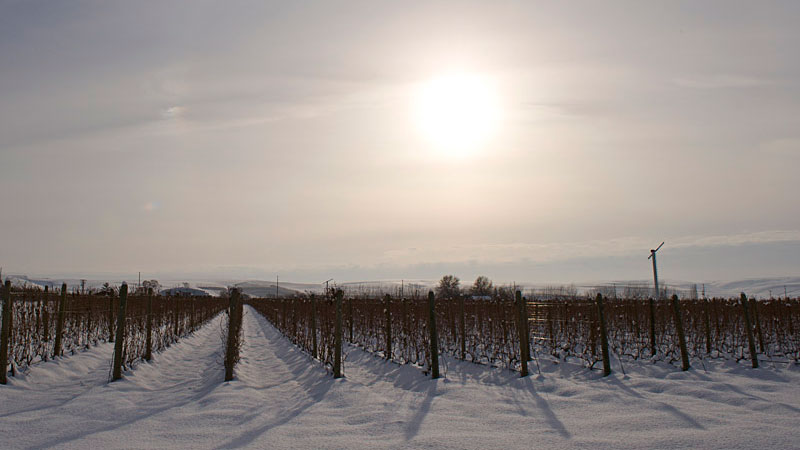 Winter at Cayuse Vineyards. Photo from Cayuse Vineyards.
Winter at Cayuse Vineyards. Photo from Cayuse Vineyards.
Baron Chose to stay at Walla Walla if he uncovered that a plot of land at a copse of apple orchards which was coated in large round stones. It reminded him of this galets and terroir at France’s southern Rhône Valley and also Châteauneuf-du-Pape. In March 1997he planted the first 10 acres of vines in Milton-Freewater, part of Walla Walla which ’s recognized as its sub-AVA called The Rocks District of Milton-Freewater, but is known as The Rocks District. (Baron says he prefers to call the place The Stones.)
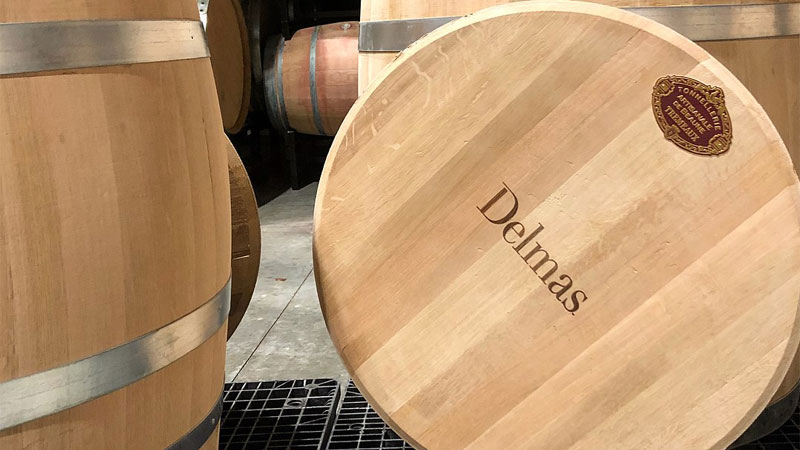 Barrels at Delmas Wines’ basement. Photo from Delmas Wines.
Barrels at Delmas Wines’ basement. Photo from Delmas Wines.
Delmas’s Robertson was that the person responsible for spearheading the effort to have The Rocks District recognized as its AVA, that happened in February 2015. Robertson’s want to have The Rocks District designated as its sub-AVA within Walla Walla was created in part from a realization that the territory, which is perfectly appropriate for varieties such as Syrah and Grenache, has its own distinctive terroir. He states that while he confronted significant resistance from different winemakers in the community –that he believes were fearful of diluting Walla Walla’s not-quite-established street cred — when the application was filed with the Alcohol and Tobacco Tax and Trade Bureau, not one letter of dissent was submitted.
“It’so exciting, I can’t tell youpersonally, ” Robertson states. “I am 67 years old, and I am as pumped up as I have been in my working career. It’s not any different from the way I felt when I was 33 and proceeded to Napa Valley. ”
Woodward Canyon’s Rick Small feels. “It’s pretty incredible to happen to be near the onset of the and also to find out what it’s become … and to consider in which it’s going. ”
It’s this attitude, and wine out of estates such as Seven Hills, Delmas, Cayuse, and Woodward Canyon, which are propelling Walla Walla into turning into a internationally recognized appellation.
“I believe people can sense or feel endings, and Walla Walla has got momentum,” states McClellan of Seven Hills. “Whatever level it’s, folks can see things are growing here, and you also need to grab onto that. I believe that & rsquo; s why folks are ready to take this threat, because they can see they are part of it — there is a possibility that this could be so much larger. ”
The article Why Washington’s Walla Walla Is a Region to Watch appeared first on VinePair.
Article Source and Credit vinepair.com https://vinepair.com/articles/washington-walla-walla-visit-guide/ Buy Tickets for every event – Sports, Concerts, Festivals and more buytickets.com
